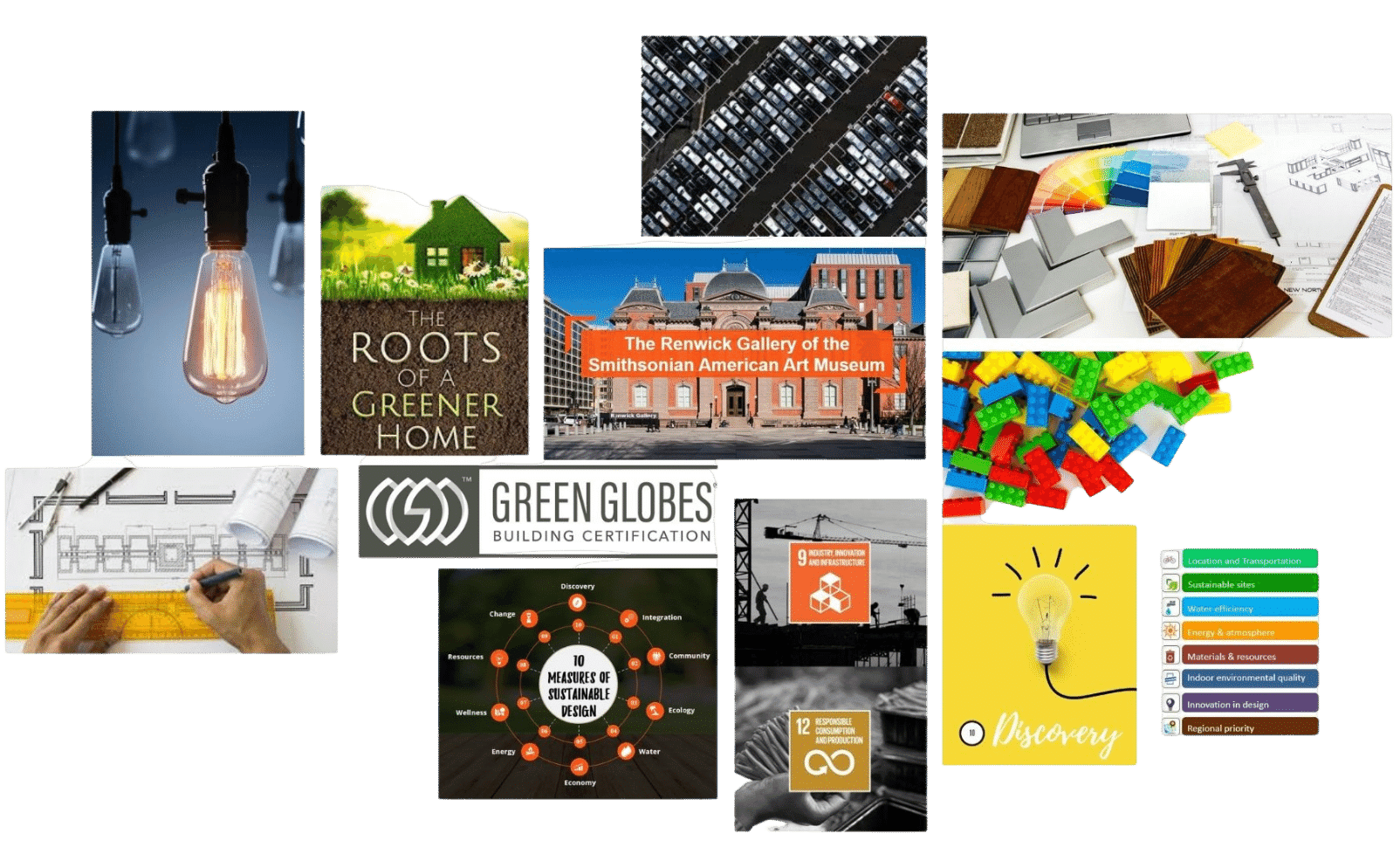With people spending approximately 90% of their time in enclosed spaces such as homes, offices, schools, or other buildings, understanding how to create healthy and supportive indoor environments is paramount.
The significance of understanding and prioritizing the impact of indoor environments on human health and well-being has never been more important. Join us as we explore the WELL Building Standard v2 Air & Light concepts, gaining an in-depth understanding of their impact on human health, productivity, and overall well-being.
In this course, we will go though the Air and Light concepts within the WELL Building Standard v2. You will gain a comprehensive understanding of the 14 features under the Air concept and 9 features under the Light concept, exploring their direct relevance to the WELL building standard v2. Through a practical exploration of these features within a real-world project, you will gain the understanding needed to effectively incorporate Air and Light concepts into your own building endeavors.
This course is also part of GBRI’s WELLopedia Series: The ins and outs of the WELL Building Standard v2. This course can be taken stand-alone or as part of the series depending on your interest and credential maintenance requirements.
Enhance your professional growth by taking GBRI’s 10 CE hour WELLOPEDIA series, approved by AIA and GBCI for WELL-specific content. On completion, you’ll also earn GBRI’s Wellness Ambassador badge.
What you will learn-
Upon completion of the “Air” concept module, participants will be able to:
- Understand the importance of indoor air quality in the context of the WELL Building Standard.
- Identify key pollutants and their sources and recognize the health impacts associated with poor indoor air quality.
- Evaluate the role of various strategies such as Air Quality Monitoring, Pollution Infiltration Management, and Combustion Minimization in improving air quality.
- Distinguish between different solutions and technologies like Ultraviolet Germicidal Irradiation (UVGI) and Media Filters and their applications in various settings.
- Implement best practices for regular maintenance, monitoring, and prevention to ensure optimal indoor air quality.
- Apply the knowledge gained to recommend and implement effective strategies in real-world WELL projects to enhance indoor air quality and promote health and well-being.
Upon completion of the “Light” concept module, participants will be able to:
- To understand the role of light in supporting visual acuity and preventing issues such as eyestrain and productivity losses.
- To explore the intricacies of the body’s circadian system, emphasizing the importance of light in regulating sleep-wake cycles, hormone release, and overall physiological rhythms.
- To advocate for optimal lighting design, emphasizing concepts like Visual Acuity, illuminance thresholds, and Spatial Daylight Autonomy (sDA).
- To promote the principles of the WELL Building standard, emphasizing the creation of spaces that prioritize both visual and biological health.
- To underscore the importance of natural lighting, highlighting its role in enhancing mood, productivity, and overall well-being.
- Apply the knowledge gained to recommend and implement effective strategies in real-world WELL projects to promote health and well-being.
Key terms: Indoor environments, WELL Building Standard v2, Air & Light concepts, Human health, Productivity, Well-being, Air quality, Pollutants, Health impacts, Indoor air quality, Strategies, Solutions, Technologies, Maintenance, Monitoring, Prevention, Visual acuity, Eyestrain, Circadian system, Lighting design, Illuminance thresholds, Spatial Daylight Autonomy (sDA), Biological health, Natural lighting, Mood, Professional growth, CE hours, AIA, GBCI, Wellness Ambassador badge










